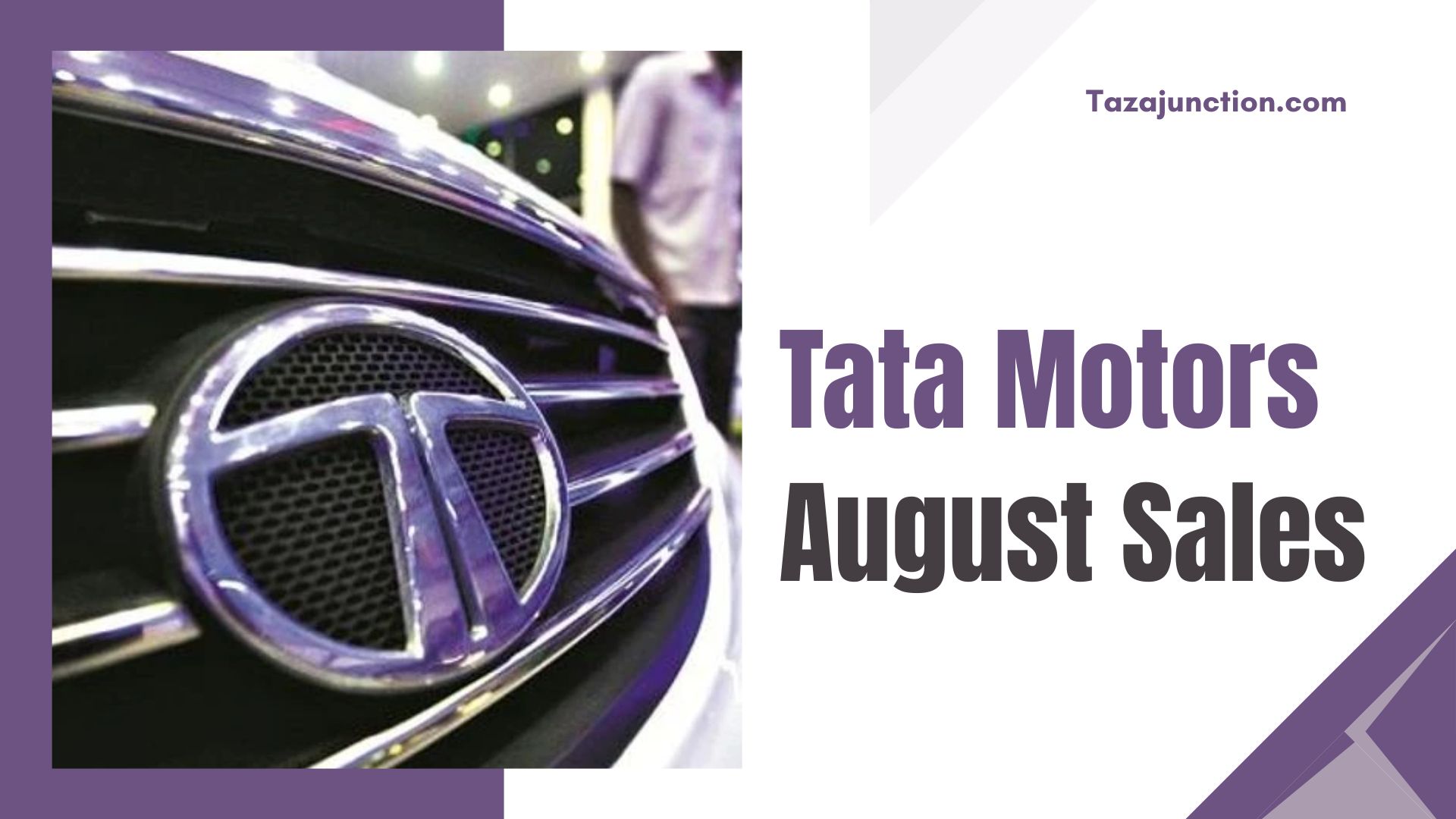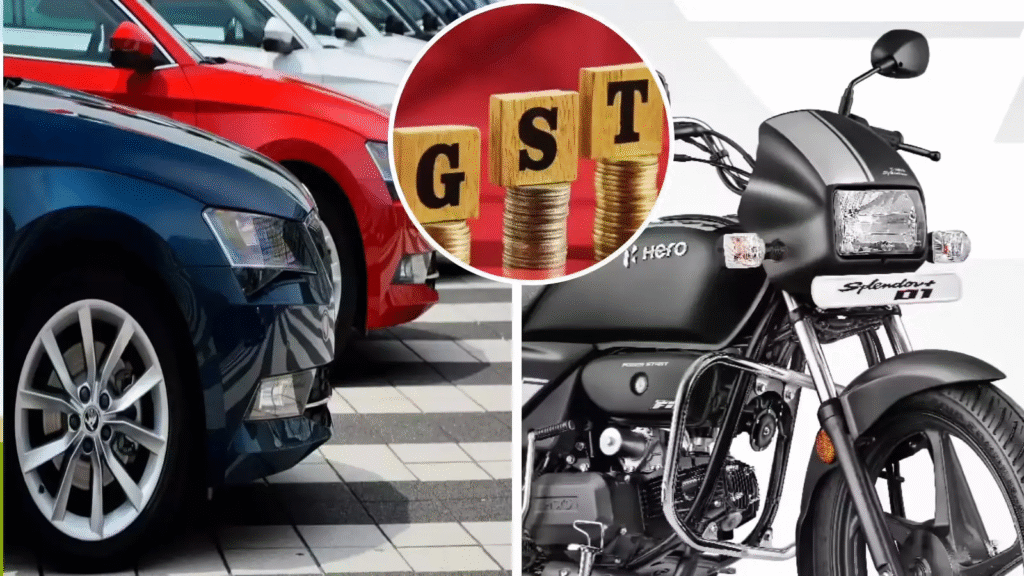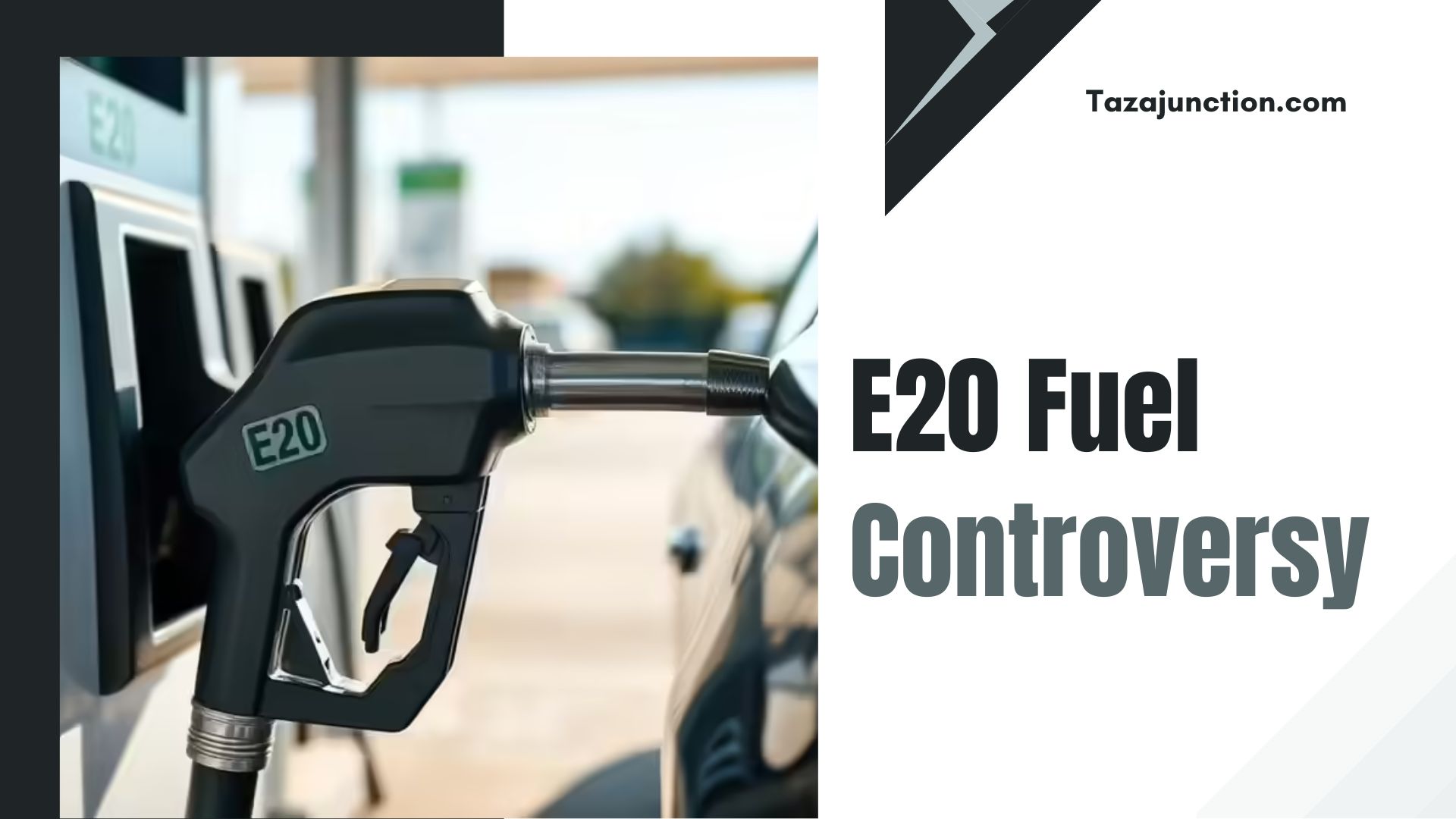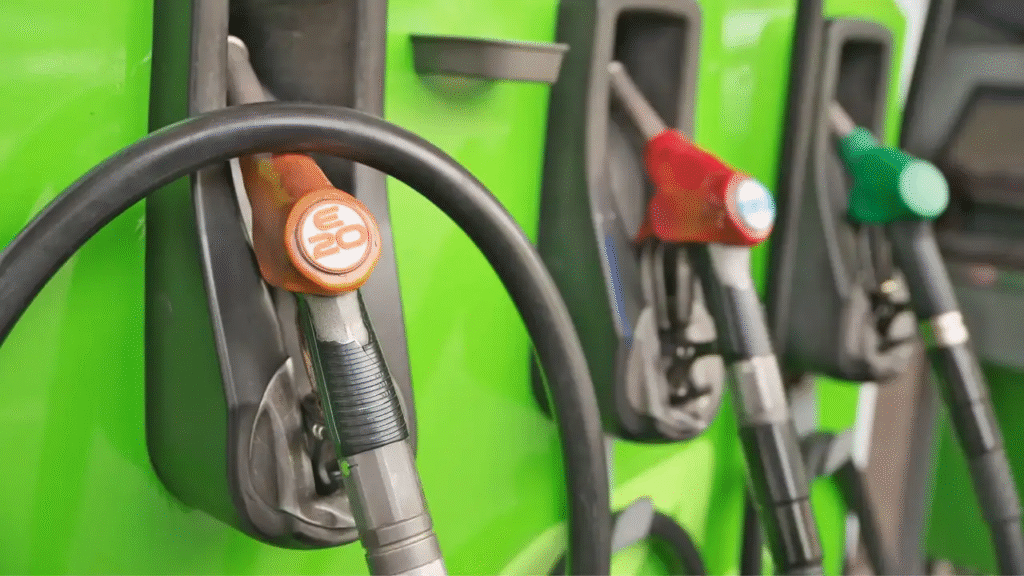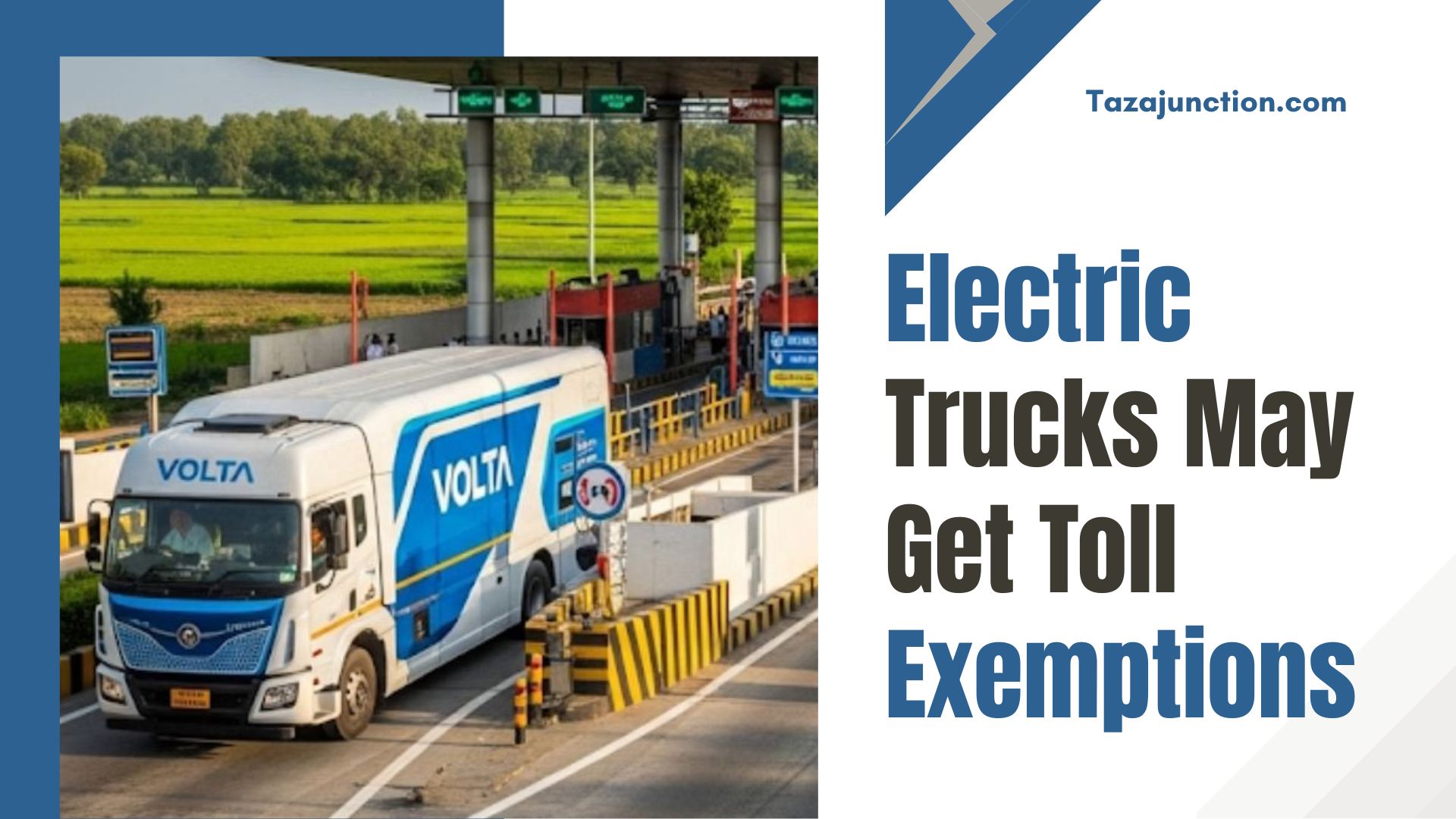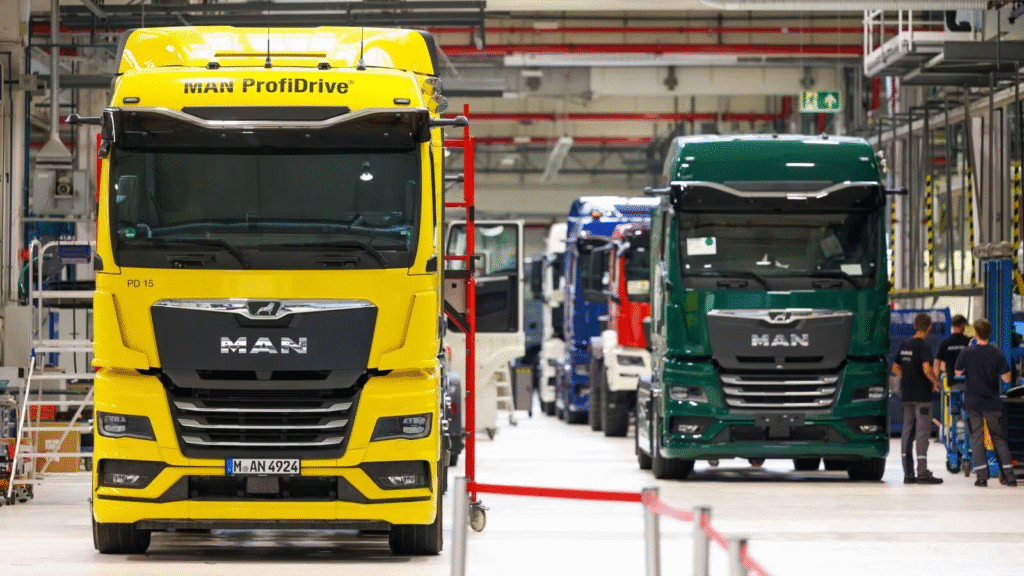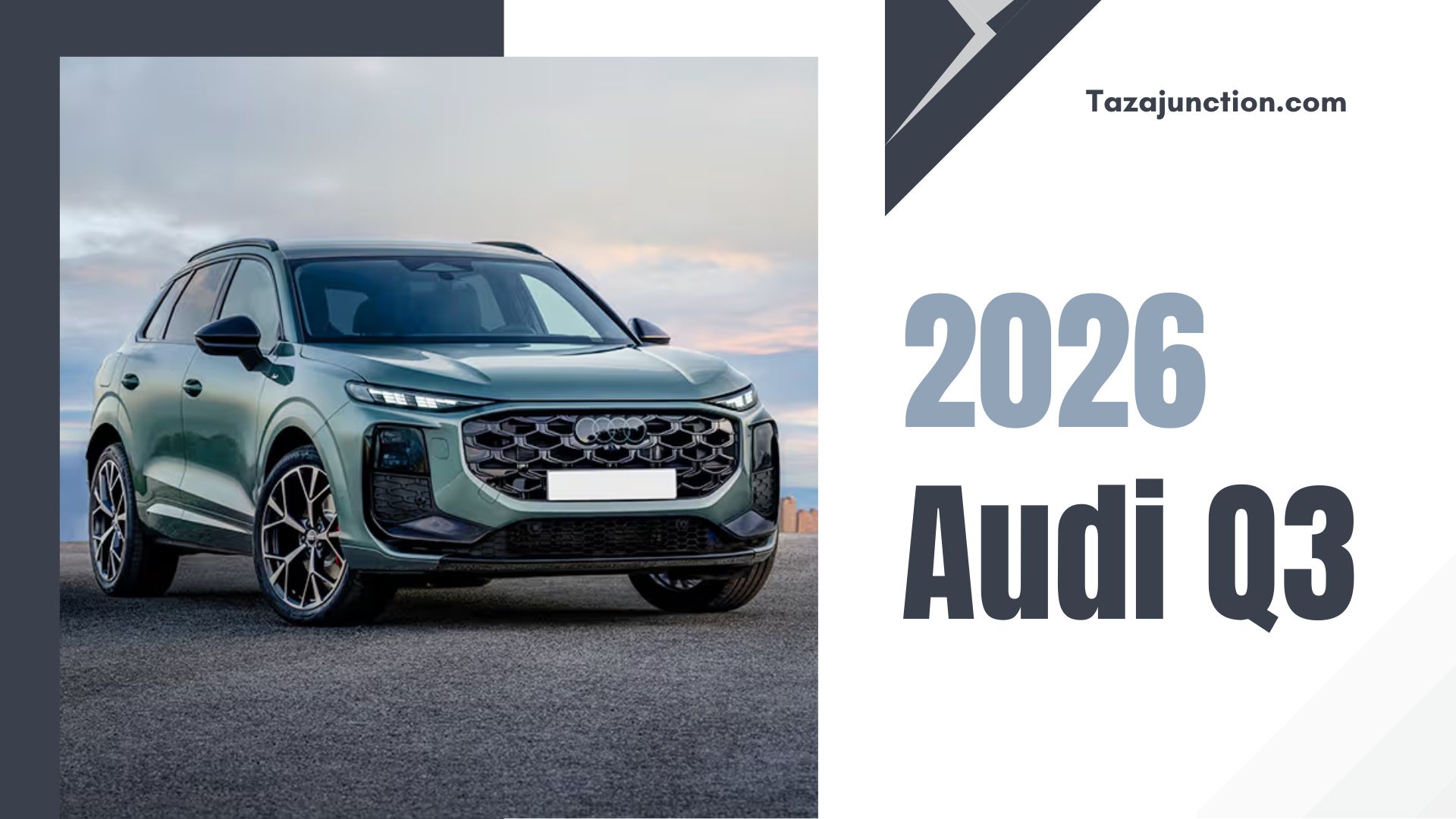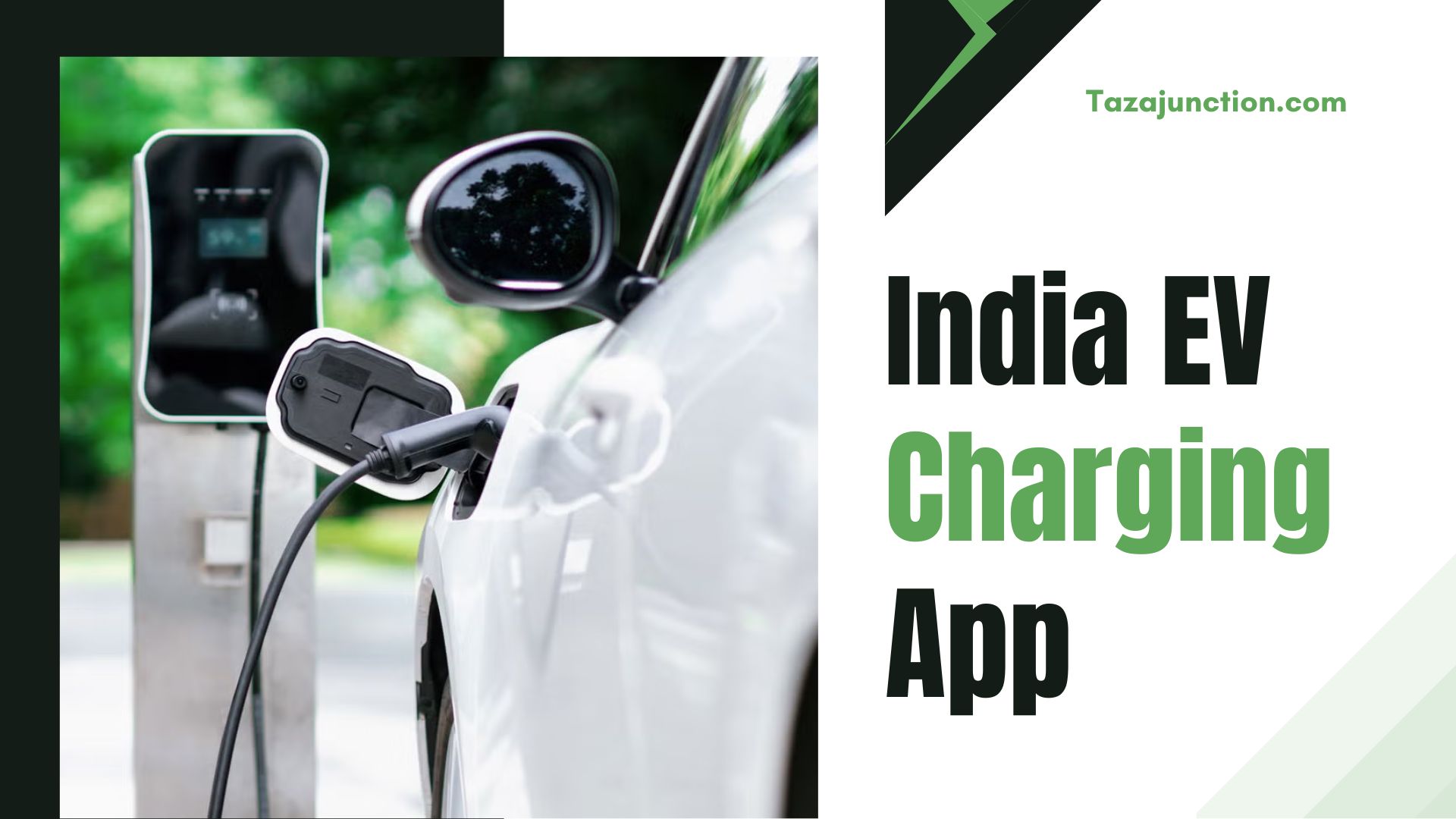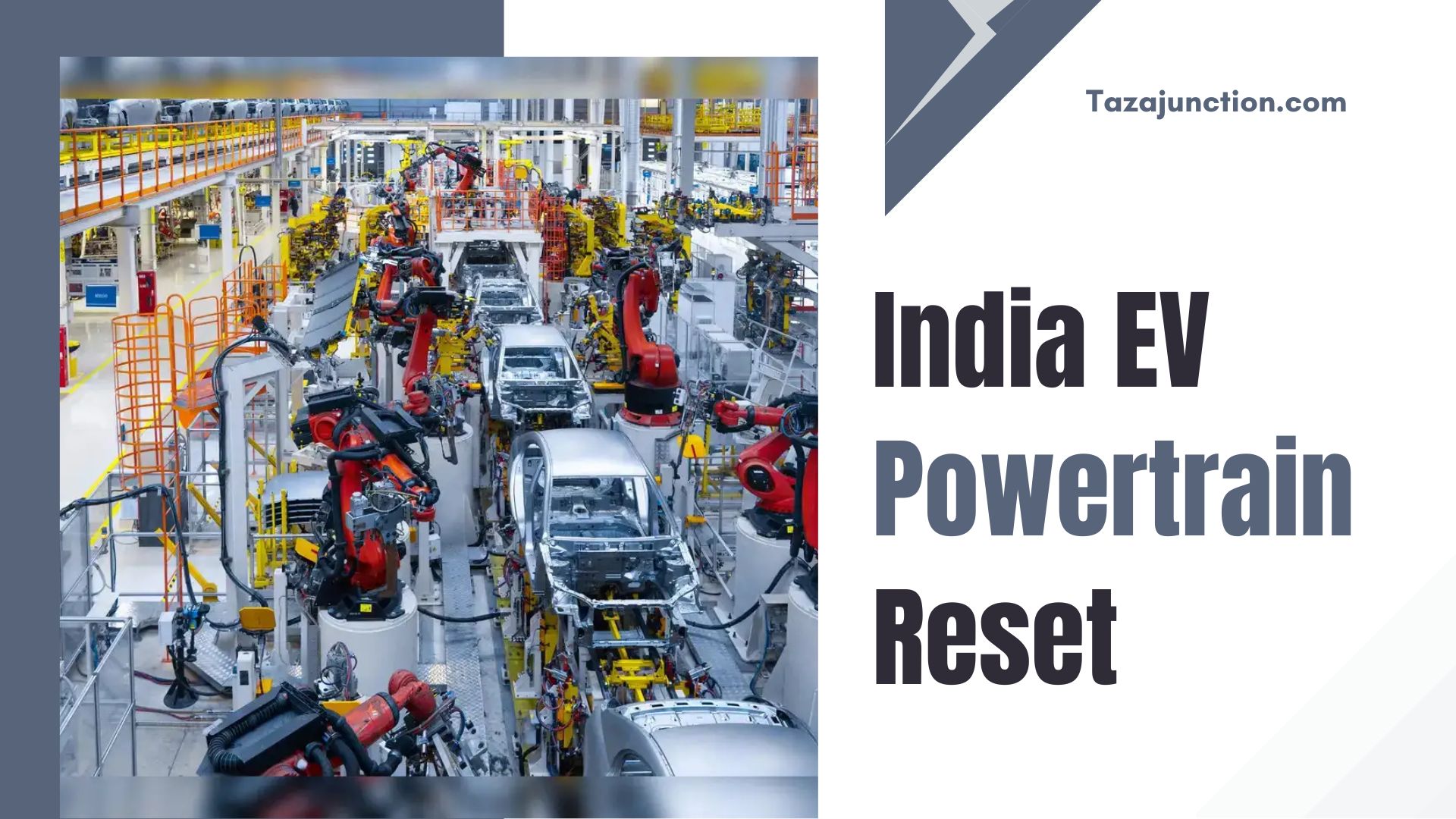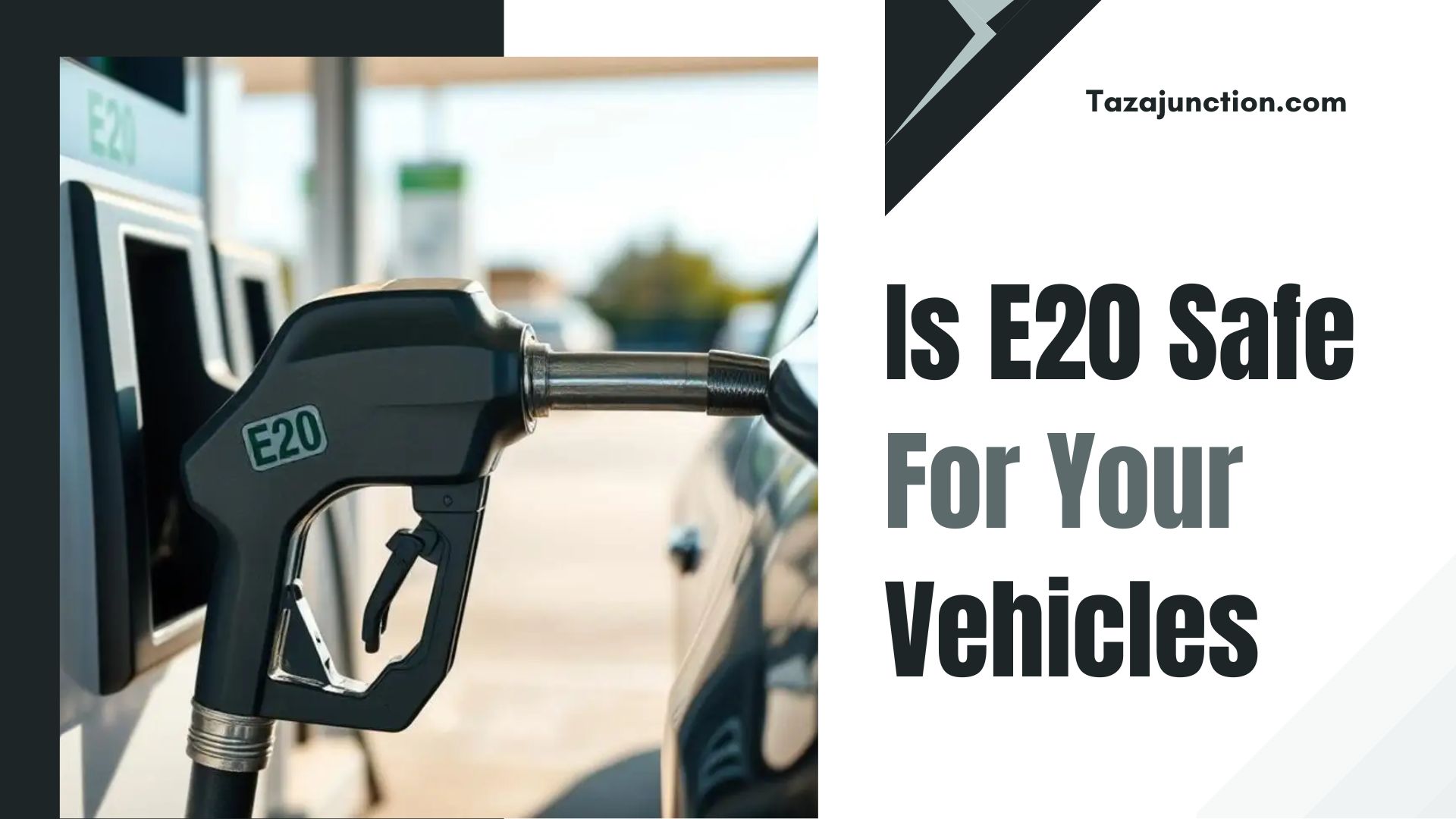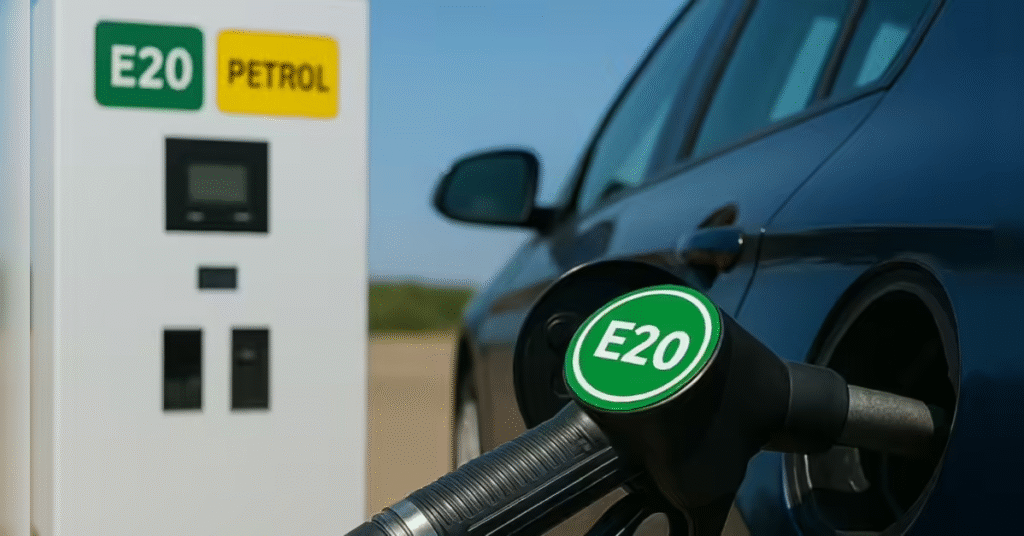The Indian automotive sector is no stranger to change, but few reforms have sparked as much discussion as the latest Goods and Services Tax (GST) 2.0 reforms.
Among the first major automakers to respond is Mercedes-Benz India, which has officially announced revised prices for its entire lineup. This development has caught the attention of luxury car buyers, policymakers, and industry analysts alike.
With the brand’s strong foothold in India, Mercedes-Benz India announces revised prices post GST 2.0 reforms as a move that could reshape both consumer sentiment and luxury market trends.
In this TazaJunction.com article, we’ll explore the reasons behind the pricing revision, the implications of GST 2.0, and how it will influence the premium car industry in India.
Table of Contents
GST 2.0: A Quick Recap
Before delving into the specifics of Mercedes-Benz India’s pricing changes, it’s important to understand the larger framework of GST 2.0.
The reforms aim to simplify tax structures, minimize cascading effects, and bring uniformity across various sectors. For the automobile industry, GST 2.0 has introduced revised tax slabs, specifically targeting luxury and premium vehicles.
The government’s vision is twofold:
- To boost domestic manufacturing by incentivizing production and sales.
- To bring more transparency into the tax system while encouraging higher compliance.
This new system has inevitably altered the financial equations for global carmakers operating in India, including Mercedes-Benz.
Why Mercedes-Benz Responded Swiftly?
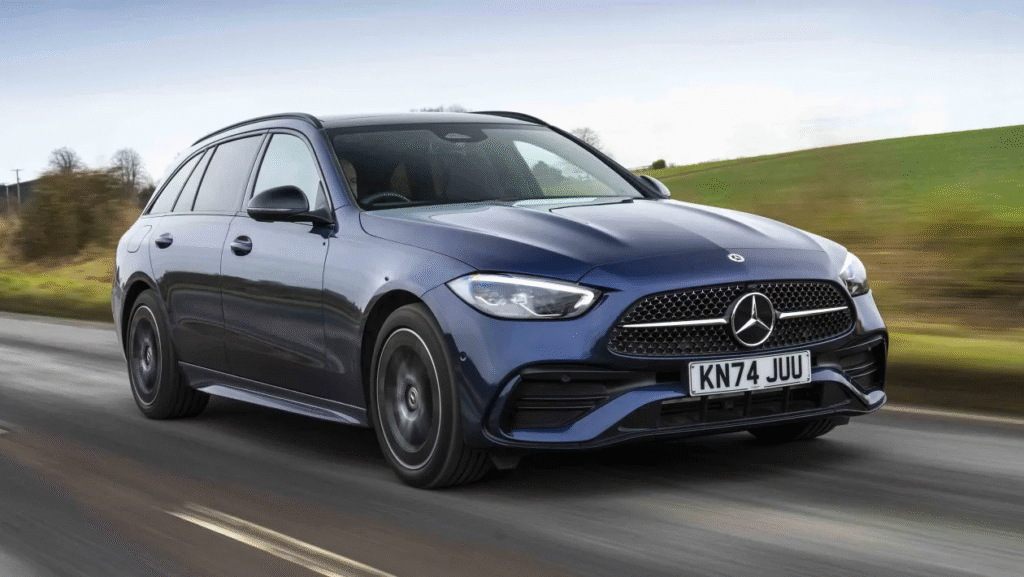
When Mercedes-Benz India announces revised prices post GST 2.0 reforms, it reflects not just compliance but also strategic adaptation. The luxury car segment thrives on consumer confidence, and pricing plays a crucial role in shaping demand.
Mercedes-Benz’s decision to revise prices quickly ensures:
- Market Competitiveness: With rivals like BMW, Audi, and Jaguar Land Rover also expected to adjust their prices, early action helps Mercedes-Benz maintain a strong edge.
- Customer Transparency: By announcing price changes openly, the brand reassures its customers that it is aligned with the latest economic realities.
- Brand Loyalty: Buyers of luxury cars value trust as much as performance. Transparent communication fosters long-term relationships.
How the Pricing Has Changed?
The details of the revised pricing show variations across models, depending on their category and tax bracket under GST 2.0. For example:
- Entry-level models such as the A-Class Limousine and GLA have seen modest revisions.
- The mid-range luxury sedans like the C-Class and E-Class reflect slightly higher changes due to their positioning.
- Flagship SUV like the GLE and GLS, along with performance-oriented AMG models, face a sharper impact, given their higher tax categorization.
When Mercedes-Benz India announces revised prices post GST 2.0 reforms, the intent is not only to comply but also to strike a balance between accessibility and luxury.
Impact on Customers
The immediate impact of the announcement is on consumer buying behavior. Here’s how it could play out:
- Short-Term Hesitation: Some buyers may pause their purchase decisions to understand the full implications of GST 2.0 pricing.
- Long-Term Stability: Once the market stabilizes, customers are likely to embrace the revised prices as the new normal.
- Luxury Aspirants: For aspirational buyers, the new structure may either delay purchases or accelerate them, depending on how much the prices shift in their segment.
Ultimately, the transparency with which Mercedes-Benz India announces revised prices post GST 2.0 reforms could soften the impact and sustain demand.
Industry-Wide Implications
Mercedes-Benz’s move sets a precedent for the entire luxury car industry in India. When a market leader takes action, others are compelled to follow suit.
- BMW and Audi will likely introduce their own revised price structures.
- Domestic Players like Tata and Mahindra could use the reforms as an opportunity to highlight their relatively lower pricing and appeal to premium buyers.
- Policy Feedback: The auto industry may also use Mercedes-Benz’s swift response as a case study in discussions with the government about further fine-tuning GST 2.0.
Dealer and Supply Chain Perspectives
Another aspect of this announcement is how it affects dealerships and the supply chain. Dealers thrive on predictability and stable margins, and tax reforms often disrupt their planning.
By announcing price revisions early, Mercedes-Benz India helps dealers adapt quickly to new realities, minimizing disruption.
Similarly, suppliers in the luxury car ecosystem benefit from clarity, as it enables them to align their cost structures and maintain smooth production cycles.
Mercedes-Benz India’s Strategy Beyond Pricing
While pricing adjustments dominate the headlines, Mercedes-Benz India’s strategy goes deeper. The company is increasingly focusing on:
- Local Assembly: Reducing dependence on imports to keep costs competitive.
- Electric Mobility: With the EQ series gaining traction, aligning prices with GST 2.0 could support EV adoption.
- Digital Experience: Online booking platforms and AI-driven customer support enhance brand perception, making customers less sensitive to price fluctuations.
This holistic strategy ensures that Mercedes-Benz India announces revised prices post GST 2.0 reforms not just as a compliance exercise but as a forward-looking business move.
The Role of Government and Policy Makers
GST 2.0 is part of a broader vision by the Indian government to create a level playing field while boosting revenue. For luxury goods, higher tax slabs serve both as a revenue stream and a way to promote affordability in mass-market segments.
Mercedes-Benz’s swift action gives policymakers valuable feedback. It demonstrates how global brands can adapt to reforms quickly while keeping the consumer at the center of their strategy.
What Customers Should Do Next?
For potential buyers, the announcement can be both an opportunity and a challenge.
- If you’re planning to buy a Mercedes-Benz soon, it’s important to check the new price list with dealers.
- For those considering financing options, revised EMI structures could also come into play.
- Keep an eye on festive discounts or promotional campaigns, as automakers may introduce offers to offset the GST 2.0 impact.
Future Outlook for Luxury Cars in India
When Mercedes-Benz India announces revised prices post GST 2.0 reforms, it highlights a broader trend: the resilience of the luxury car segment. Despite short-term challenges, India’s growing affluence and expanding premium customer base suggest long-term stability.
In fact, the luxury market may emerge stronger as brands innovate in pricing, financing, and customer engagement. Mercedes-Benz, with its proactive stance, is well-positioned to remain a leader in this evolving landscape.
Conclusion
The announcement that Mercedes-Benz India announces revised prices post GST 2.0 reforms is more than a pricing update—it’s a signal of adaptability and forward planning. While the new tax structure poses challenges, it also brings opportunities for brands to strengthen customer trust and market leadership.
As India navigates this new era of taxation, Mercedes-Benz’s move serves as a benchmark for other players. For customers, it’s a reminder to stay informed and make purchasing decisions that balance aspiration with practical financial planning.


